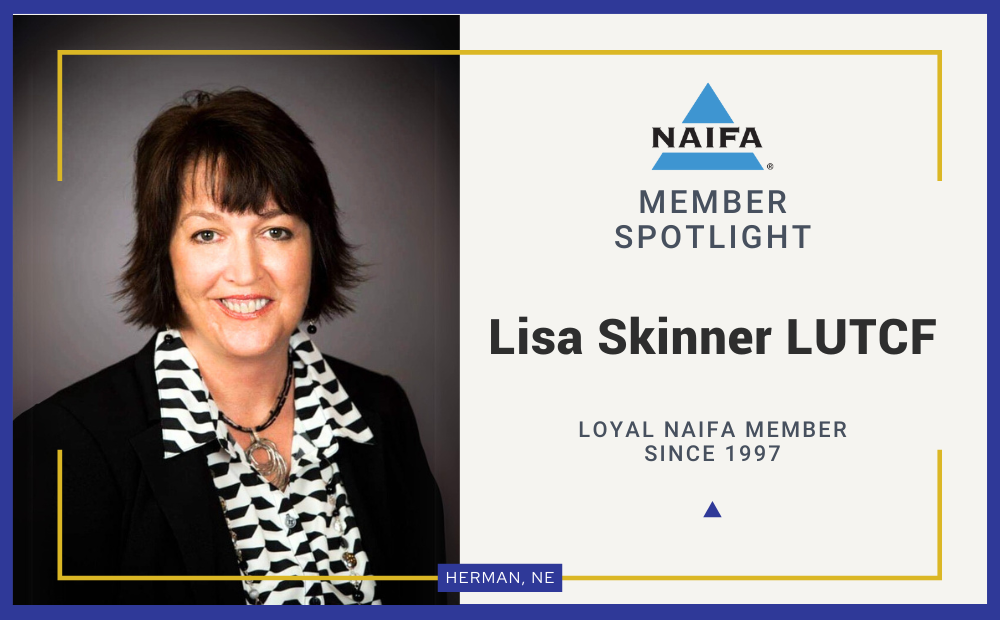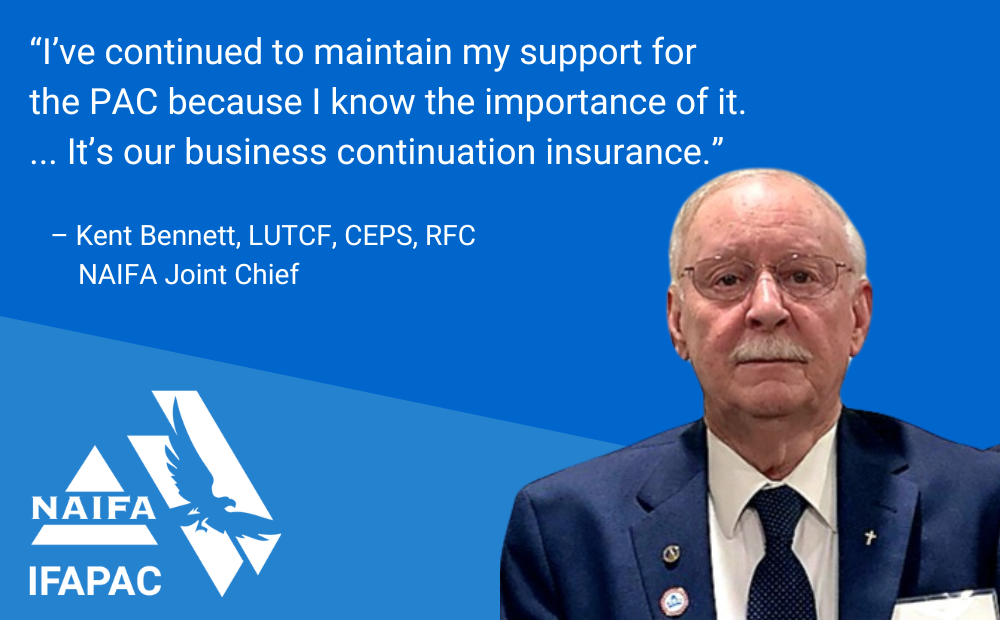In support of Life Insurance Awareness Month, ING U.S. recently released findings from a new consumer study that underscores striking disconnects in attitudes and behaviors toward life insurance.
According to the research, Insurance Revealed, most survey respondents (78 percent) viewed life insurance as a valuable tool for estate or financial planning, and more than half (53 percent) believed that the current economy makes life insurance even more important today than in past years.
However, despite recognizing its value and importance, a significant number (51 percent) cited other priorities, such as paying off debt or a mortgage, as major obstacles to purchasing life insurance. Meanwhile, 61 percent had never calculated their life insurance needs, and only one-quarter of those insured felt extremely confident that they had enough coverage.
The study also demonstrated that communication is an area for further opportunity. While 62 percent of respondents identified family as the number one reason to purchase life insurance, many couples confirmed that they avoid discussing the issue. Among married respondents, 45 percent had rarely or never talked with their spouse about what would happen to the family finances, should one of them pass away.
“Life insurance is one of the least discussed components of a family’s financial plan, yet it plays such an integral role in providing for a secure future,” says Butch Britton, CEO of ING U.S. Insurance.
“Without candid conversations among spouses, family members and financial professionals, many Americans risk being underinsured and having inadequate coverage in the event of a loss. We hope our study and outreach efforts, especially during Life Insurance Awareness Month, can help initiate the necessary conversations that lead to greater protection and, ultimately, greater peace of mind.”
According to the findings, respondents were most familiar with the protection benefits of life insurance and they placed the greatest value on the more obvious uses such as replacing lost income (26 percent) and paying off debt (23 percent). Very few highlighted its value to protect retirement savings (4 percent) or build wealth (1 percent). Insurance Revealed illustrated that life insurance’s unique ability to grow assets is underappreciated.
Not sure of coverage
Regarding coverage matters, the study found that close to half (44 percent) of Americans had little or no confidence that the amount of life insurance coverage they had was sufficient. Close to one quarter (23 percent) of those between 25 and 34 thought they were too young to purchase life insurance.
Meanwhile, the study underscored the important role that the workplace represents in obtaining coverage. Nearly half of insured respondents (49 percent) said they looked to their employer as the only source for insurance coverage. Employees without access to life insurance benefits at the workplace were seven times more likely to have no coverage at all than employees who did have access.
On another positive note, the ING U.S. study revealed individuals who purchased life insurance face-to-face with a financial professional felt the most confident and knowledgeable about their coverage. Among that group, seven-in-ten (70 percent) felt very or extremely confident about their coverage, compared to just 56 percent for all insured respondents.
Additional findings from the study include:
- A majority of parents (54 percent) had not calculated how much life insurance they need to adequately protect their family.
- A majority of uninsured Americans (51 percent) considered life insurance to be an expense they couldn’t afford--despite historically low rates.
- More than half (56 percent) of those with life insurance had secured only up to three times or less of their annual salary in coverage.
- More than one quarter (27 percent) felt they should have five to ten times their annual salary in coverage. However, only 17 percent of insured respondents actually had this amount.
- Half of insured respondents knew somebody who was positively affected by life insurance, compared to only one-third (34 percent) of uninsured respondents.
For more information on the study, please visit the ING U.S. newsroom at ING.us/Newsroom.
1. Findings are from an online survey conducted by Praxis Research Partners in July 2012. Respondents were 1,006 adults over the age of 25 with an annual household income of $50,000 or greater. Data were weighted to make the results representative of the U.S. population.
———
By Ayo Mseka
Editor-In-Chief
Advisor Today








.png?width=300&height=300&name=CC%202025%20Ad%20(300%20x%20300%20px).png)
.png?width=300&height=600&name=Tax%20Talk%20Graphic%20-%20email%20tower%20(300%20x%20600%20px).png)



.png?width=300&name=NAIFA-FSP-LH%20with%20tagline%20-%20AT%20blog%20email%20ad%20(300%20x%20250%20px).png)
.png?width=728&height=89&name=2024%20Congressional%20Conference%20(728%20x%2089%20px).png)
